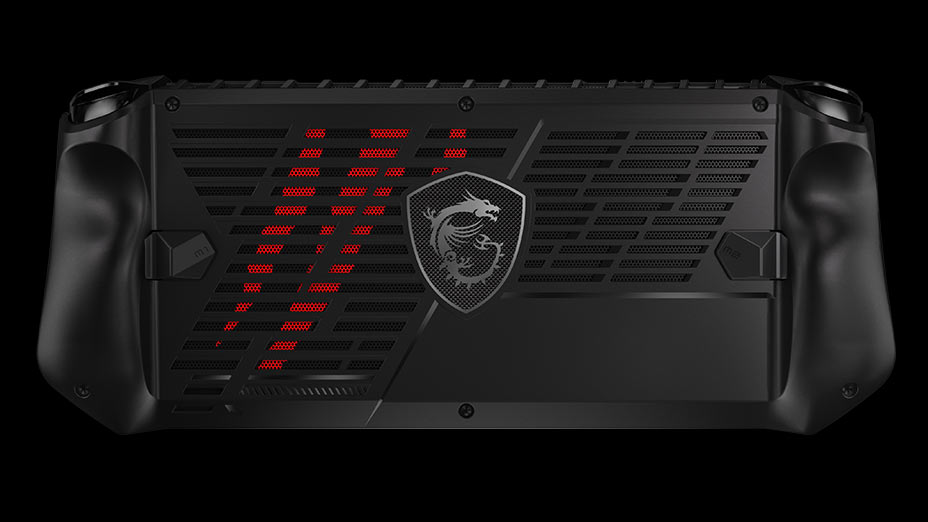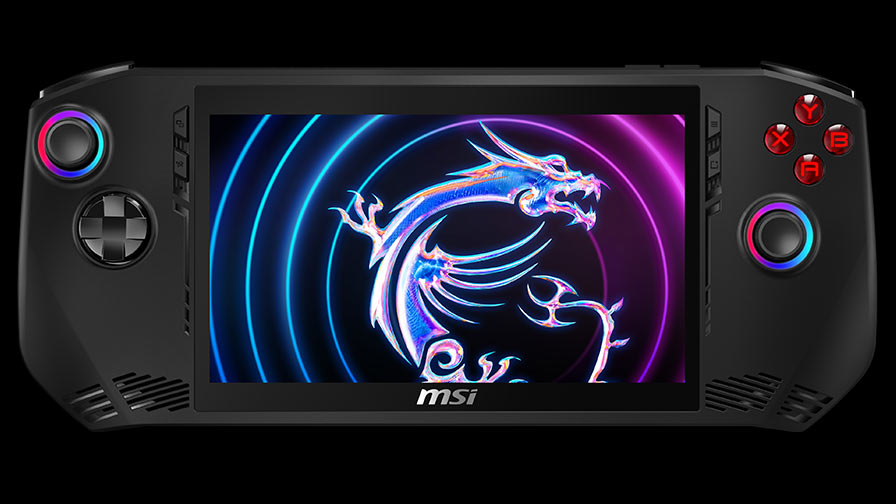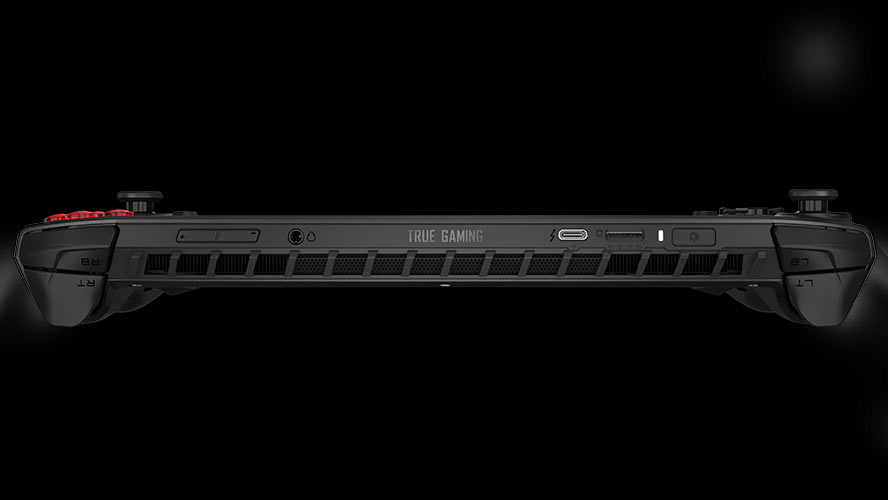MSI's Intel-powered Claw gaming handheld starts at $700 — VRR screen confirmed
Add another $100 for the most powerful Ultra-7 with 1TB configuration.

MSI officially released the pricing matrix for its MSI Claw, with configurations starting at $699.99 and going up to $799.99. Also, the big question regarding the Claw display’s variable refresh rate (VRR) support has been answered by The Verge, which says the device’s 7-inch 1080p screen supports rates between 48-120Hz. We still don't have a release date, however.
MSI’s official pricing puts the Claw handheld gaming device on the pricier side of the spectrum. The Claw's main rival, the Asus ROG Ally, currently costs $599.99 for the AMD Ryzen Z1 Extreme version or $399.99 for the Ryzen Z1 processor packing option — both of these versions can be found at Best Buy.
Recent benchmark leaks indicate that MSI’s Intel-powered Claw and Asus’s AMD-powered ROG Ally (review) aren’t very far apart in terms of performance — despite the difference in underlying architectures. Also, with the MSI Claw's release date still unknown, one wonders how long it will be out before the Asus ROG Ally 2 arrives. Surely MSI can’t be that slow to market, though?
We can't say how well the Claw will perform in real-world tests until we get it in for testing, but we do have the complete specs:
| Header Cell - Column 0 | MSI Claw A1M |
|---|---|
| Processor | Intel Core Ultra 5 135H or Core Ultra 7 155H |
| Graphics | Intel Arc (integrated) |
| Memory | 16GB LPDDR5 |
| Storage | 512GB or 1TB PCIe Gen 4 |
| Display | 7-inch LCD, 16:9, 1080p, 48-120Hz VRR |
| Networking | Intel Killer Wi-Fi 7 BE1750, Bluetooth 5.4 |
| Ports | Thunderbolt 4, microSD, 3.5 mm audio jack |
| Battery | 53 WHr |
| Operating System | Windows 11 |
| Dimensions | 11.57 x 4.6 x 0.83 inches / 294 x 117 x 21.2 mm |
| Weight | 1.49 pounds / 675 grams |
Note that the Claw’s screen features VRR support — a desirable quality that it shares with the Asus ROG Ally — which should help deliver smoother on-screen action. MSI told The Verge that the Claw’s 7-inch 1080p screen will be able to dynamically adjust its refresh rate from 48 to 120Hz. By contrast, the Lenovo Legion Go lets users manually pick between 60Hz and 144Hz refresh rates, but does not have a dynamic adjustment feature.



It's also rumored that an MSI Claw configuration with 32GB of RAM onboard is in the works. Details about this alleged configuration haven't surfaced at this time, however, and the top configuration, at $799.99, has the same 16GB of RAM as its cheaper siblings. Perhaps the 32GB model will be added at a later date if there's enough demand.
Anyway, now we've got the full product details, specs, and pricing — all we need is a launch date.
Get Tom's Hardware's best news and in-depth reviews, straight to your inbox.

Mark Tyson is a news editor at Tom's Hardware. He enjoys covering the full breadth of PC tech; from business and semiconductor design to products approaching the edge of reason.
